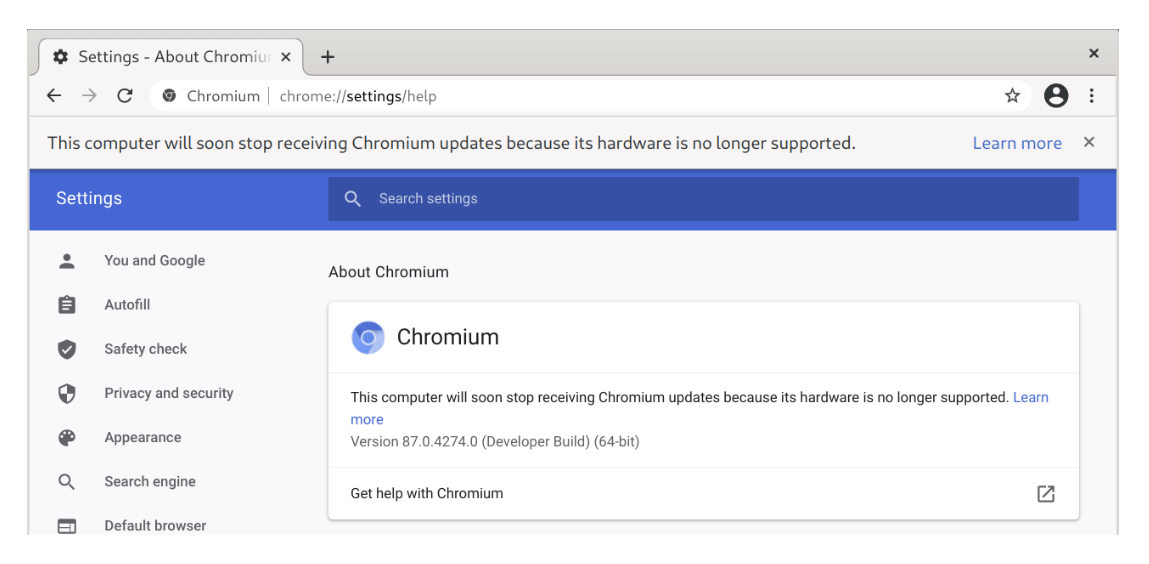
To most people, old computers should be stowed away if not sold. But some people prefer their old computers because they can still run and fulfill their needs.
While old computers can still run some modern software, but their hardware lacks the capacity, the improvements and the tweaks their successor have. And this can be an issue for more complex usage. Google knows this, and this is why it wants its Chrome web browser to stop running on those old computers.
In an update, Google wants to stop Chrome from running on devices dating back the early to mid-2000.
In a policy document published by the Chromium development team, it is stated that the team is dropping support for processors that lack 'SSE3', in x86 Chrome builds.
The requirement to run SSE3 won't affect macOS, Android, or Chrome OS devices simply because they have been running since 2014. However, some Windows and Linux users are affected, despite their small number.
Those affected should receive a notification starting with Chrome 87, stating that they need to upgrade in order to use the web browser.
And starting Chrome 89, attempting to run Chrome on these devices will result in a crash, and the option to install it will be removed entirely when the user’s hardware is detected and seen to be insufficient.
SSE is also called the 'Streaming SIMD Extensions'.
It's a single instruction and a multiple data instruction built as an extension on Intel x86 architecture. It was designed in 1999 through Pentium III, shortly after AMD introduced 3DNow!.
SSE contains instructions for single precision floating-point data, made to greatly increase performance when exactly the same operations are to be performed on multiple data objects.
Uses of SSE includes digital signal processing and graphics processing.
SSE3 is the third iteration of the SSE instruction set for the x86 architecture.
It was introduced back in 2004 through Pentium 4 CPU.
SSE3 is needed to allow computer processors to work horizontally in a register, as opposed to the more or less strictly vertical operation of all previous SSE instructions. More specifically, SSE3 allows instructions to be added and subtracted, and have their multiple values stored within a single register.
Because of these, SSE introduces better speed and efficiency.

The implementation will use the framework in //chrome/browser/obsolete_system. This will result in a dismissable warning bar, and a permanent warning in the chrome://settings/help page. The results are illustrated in the prototype below."
Google is confident that it can drop support for computers using SSE2 and below because they are not many of them present.
After all, SSE3 is a massive improvement to its predecessor, meaning that it can provide performance boost to the majority of Chrome users.